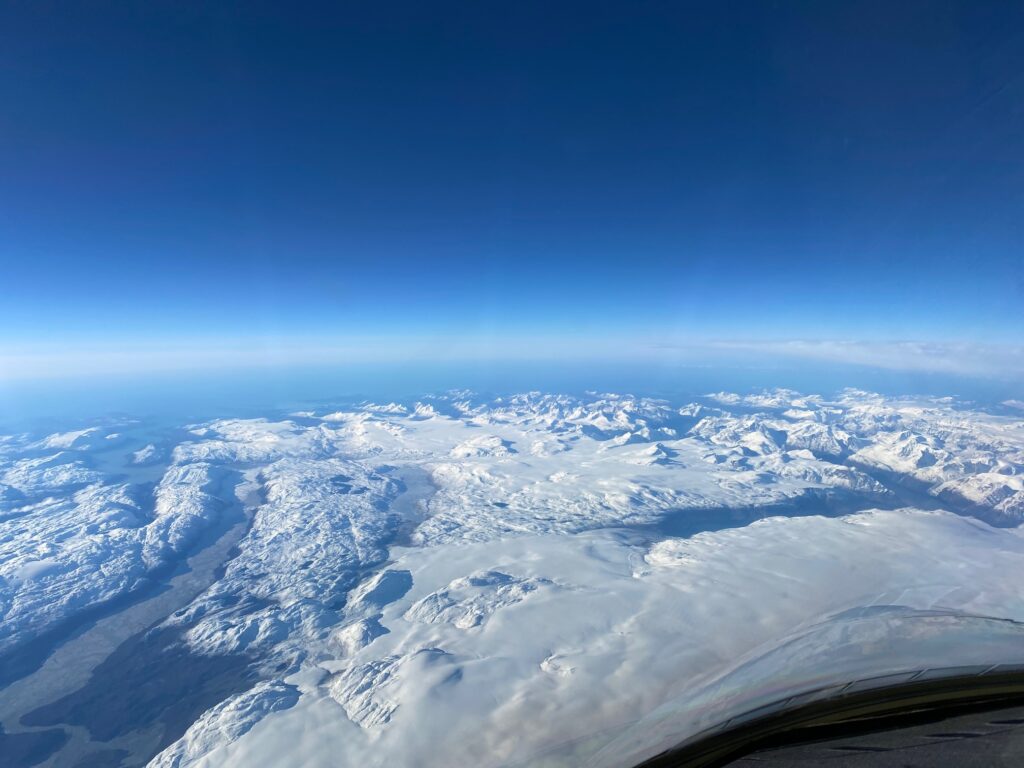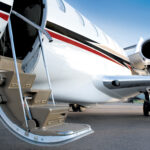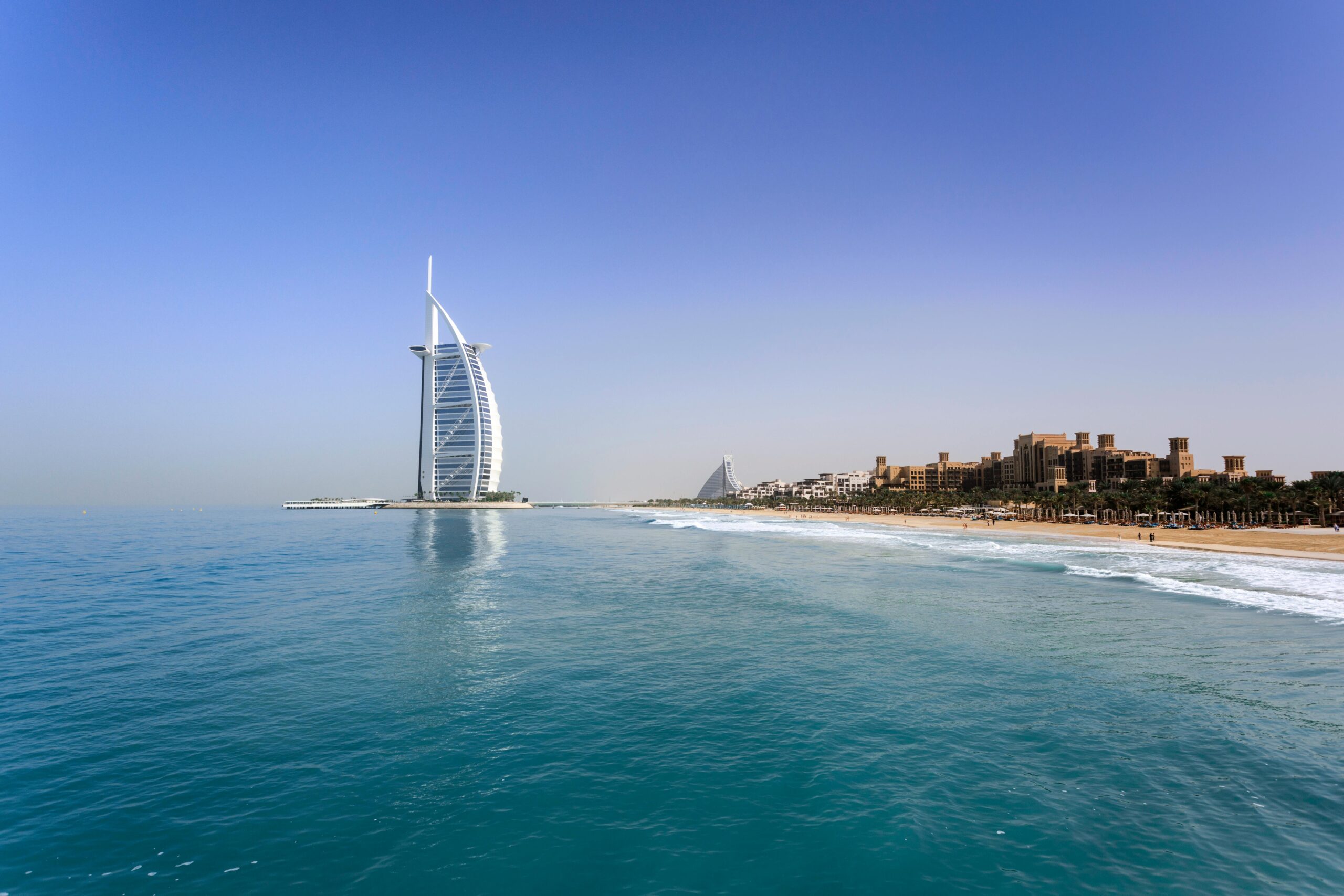How Does the Weather Affect My Private Jet Flight?
When you think about flying in a private jet, you might picture smooth takeoffs, breathtaking views, and a luxurious cabin. Unfortunately: Mother Nature has her own plans, and the weather can significantly impact your private jet flight. With the winter months bringing freezing temperatures in the northern hemisphere, many private jet charter clients are understandably concerned about how weather conditions could affect their travel plans. So, how exactly does the weather play a role in private aviation?
Why is weather so important for private jet flights?
Weather is a huge factor in the aviation world, and for good reason. It’s not just about comfort; it directly affects safety and flight operations. From planning the best route to ensuring safe takeoffs and landings, constant monitoring of weather conditions is essential. Our dedicated client services team collaborates with aircraft operators and flight crews, adjusting flight paths and timings based on the latest weather updates. This way, we can ensure a smooth journey, no matter what Mother Nature throws our way.
So, what are the primary weather conditions that can impact your flight?
1. How does ice and snow affect private jet flights?
When it comes to cold weather, ice and snow are probably the biggest concerns. You might think that once a private jet is airborne, it’s smooth sailing — and you’re right to an extent. Aircraft are designed to handle frigid temperatures; at cruising altitudes, temperatures can plummet to as low as -80°F (-62°C). The real challenge lies on the ground.
The ground game
The main focus in icy conditions is the runway and taxiway. Airports have specific procedures in place to keep runways clear, but sometimes snow accumulates faster than it can be cleared. Here’s where the agility of private jets shines. Since private jets can often use smaller airports, they may face less congestion and can be prioritized for snow clearing. Plus, many of these jets are kept in hangars, which helps reduce the need for de-icing.
De-icing procedures
De-icing is a mandatory safety requirement for all private jet flights. Before takeoff, the aircraft must be de-iced to ensure safe flying conditions. This process can add some cost to your charter, but for our Jet Card clients, de-icing is typically included.
When flights are grounded due to heavy snow, private jets can quickly resume operations as soon as the weather clears. Unlike commercial airlines, which can take days to recover from cancellations and delays, private jets are much more nimble.
2. How does heat affect private jet performance?
You might think that a sunny day is ideal for flying, but high temperatures can also pose challenges for private jet operations. Aircraft can safely operate in temperatures up to about 127°F (53°C), but it’s essential to understand how heat affects performance.
Understanding hot air
Hot air is thinner than cooler air, which affects both engine performance and lift. This means that during a hot day, pilots may need a longer runway distance to take off, and the aircraft might have reduced climb performance. Pilots can adjust engine thrust settings to counteract these effects, but it’s all part of the flight planning process.
In-flight comfort
Regardless of how hot it is outside, the cabin temperature of a private jet is always adjusted to your liking. You can kick back and enjoy your flight in complete comfort, while the pilots manage the technical aspects of flying in the heat.
3. What about fog and visibility issues?
Fog can be a real headache for all types of aircraft, including private jets. Poor visibility can lead to delays, especially during takeoff and landing phases. So, how does fog impact private jet operations?
Low visibility procedures
When visibility drops below 1,500 meters, airports implement Low Visibility Procedures (LVPs). This means that Air Traffic Control will limit the number of aircraft taxiing and taking off to ensure safety. The result? Delays are likely, especially if you’re at a busy airport.
Flexibility of private jets
Here’s where private jets have an edge. They can often find gaps in fog, rerouting to avoid the worst of it. Our team can even position the aircraft at the airport the night before to minimize potential delays. So if you’re flying out on a foggy morning, you’ll have a much smoother experience.
4. How do wind conditions impact flight times?
Wind is another critical weather factor that can drastically affect flight times. You might be surprised to learn just how much wind can change your travel experience.
Tailwinds vs. Headwinds
A tailwind is your friend. It pushes the aircraft forward, shortening your flight time. On the flip side, a headwind slows you down. These wind patterns can vary significantly depending on your route. For example, transatlantic flights often experience considerable time differences due to jet streams—strong westerly winds that can either speed up or slow down your journey.
Handling turbulence
Aircraft are built to withstand strong winds, but that doesn’t mean your flight will be turbulence-free. Wind can create a bumpy ride, but turbulence is more of an inconvenience than a safety concern. And don’t worry, the pilots always take off and land into the wind to minimize ground speed, ensuring a smoother operation.
5. Does rain really affect private jet flights?
Rain might seem like a minor issue when it comes to flying, but it can present challenges, particularly when combined with strong winds or thunderstorms.
Visibility is key
While aircraft are well-equipped to handle rain, visibility can become an issue. Pilots need a clear view during landing and taxiing. Some private jets are fitted with windscreen wipers, while others utilize advanced technology like hydrophobic coatings that repel water.
Handling heavy weather
If rain combines with heavy winds, your flight may face delays or even route changes. Safety comes first, and pilots will always prioritize clear visibility and safe landing conditions.
6. What are the risks of thunderstorms?
Ah, thunderstorms—nature’s way of throwing a wrench into travel plans. These storm systems, especially Cumulonimbus clouds, can significantly impact flight schedules.
Avoiding thunderstorms
Private jets are built to navigate around thunderstorms. With quicker climb rates, they can often ascend above storm clouds, leaving commercial airliners behind. And during the flight, pilots can take more flexible routes to avoid rough weather.
Safety first
That said, no pilot will ever fly into a thunderstorm. If there’s a storm overhead at your departure airport, your flight may be delayed until it’s safe to take off. Additionally, refueling near thunderstorms is prohibited due to the risk of lightning strikes.
The importance of weather awareness in private aviation
When it comes to private jet travel, being aware of weather conditions is crucial. From ice and snow to thunderstorms, each weather factor plays a role in ensuring a safe and smooth flight experience.
By choosing a reliable charter service that prioritizes weather monitoring and flight safety, you can focus on enjoying your trip rather than worrying about weather-related delays. So, next time you’re planning a private jet flight, remember to consider how the weather might impact your journey!

Frequently Asked Questions
What types of weather conditions can cause flight delays?
- Various weather conditions can lead to flight delays, including snow, fog, heavy rain, thunderstorms, and high winds. The severity and combination of these factors often determine how much they will impact flight schedules.
How do private jets handle extreme weather conditions?
- Private jets are designed to operate in a wide range of weather conditions. Pilots receive extensive training to manage various scenarios, and aircraft are equipped with the latest technology to ensure safe flying.
Can I request a flight that avoids bad weather?
- Yes! Your flight manager will work closely with you to adjust your route based on weather conditions. They can help identify alternative airports or flight paths to avoid adverse weather.
What happens if my flight is delayed due to weather?
- If your flight is delayed due to weather, your charter service will keep you updated on the situation. Depending on the conditions, they may work to reposition the aircraft or adjust the schedule to ensure your safety and comfort.
Are private jets more affected by weather than commercial flights?
- Generally, private jets can be more agile in adapting to changing weather conditions. They can use smaller airports that may be less impacted by weather, allowing for quicker responses compared to larger commercial airlines.
In the world of private aviation, understanding how weather affects your flight is essential. By staying informed and working closely with your dedicated flight manager, you can ensure that your travel experience remains seamless, even in the face of unpredictable weather conditions. So, pack your bags, sit back, and enjoy the luxury of private flying—no matter what the forecast says! Safe travels!





